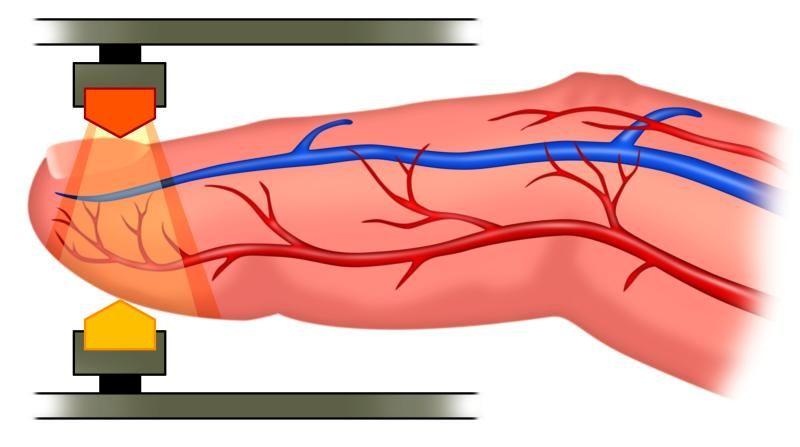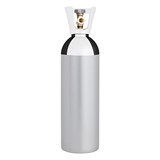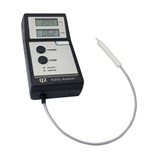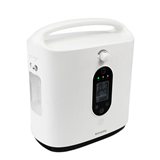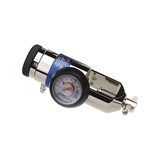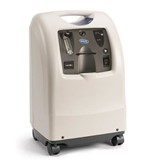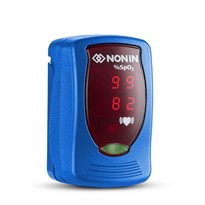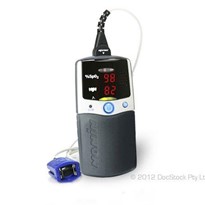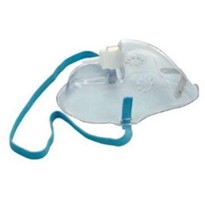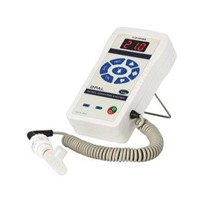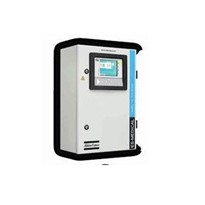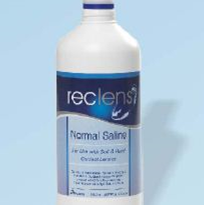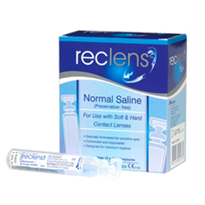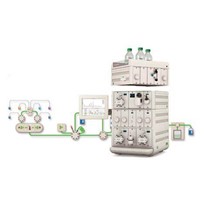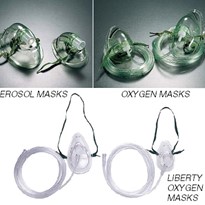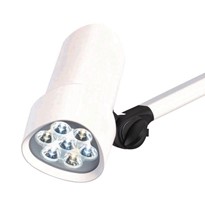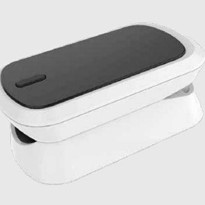Your blood oxygen level indicates how much oxygen your red blood cells are carrying. High blood oxygenation plays an essential role in ensuring that your muscles, brain and other organs receive the energy they need to function properly. That’s why it’s so important to understand how to measure your current oxygen level—and determine whether it falls within an acceptable range.
Understanding Oxygen Saturation
Oxygen saturation (SpO2) measures how much oxygen blood carries in comparison to its full capacity. In other words, it’s an estimation of how much oxygen the hemoglobin in your blood contains compared to how much it could contain. Pulse oximetry devices represent this measurement using a simple percentage. So if your red blood cells contain 95% oxygenated and 5% non-oxygenated hemoglobin, your SpO2 would be 95%. Simple, right?
Now, this is where things get more complicated. It’s possible (and perfectly natural) for your SpO2 to change throughout the day, particularly if you’re transitioning from low-energy to high-energy activities. However, as long as your SpO2 stays within a healthy range amidst these fluctuations, there’s no need for concern.
Changes in activity aren’t the only factors that impact oxygen saturation. There are several adverse conditions and diseases that can negatively impact SpO2, including asthma and chronic obstructive pulmonary disease (COPD). People afflicted by these health problems often have a lower SpO2 average, necessitating the use of supplemental oxygen and other treatment methods.
Your “Normal” SpO2 Range
According to the Mayo Clinic, normal pulse oximeter readings usually range from 95 to 100 percent. Values under 90 percent are considered low, and indicate the need for supplemental oxygen. This condition is often referred to as hypoxemia, and its symptoms include severe shortness of breath, increased heart rate and chest pain.
For people with chronic lung conditions and other breathing problems, the “normal” SpO2 range of 95% to 100% doesn’t apply. These individuals should always consult with their doctor for information on acceptable oxygen levels for their unique state of health. That being said, here are a few general guidelines on SpO2 for individuals with acute respiratory issues and chronic diseases:
? In a patient with acute respiratory illness (e.g., influenza) or breathing difficulty (e.g, an asthma attack), an SpO2 of 92% or less may indicate a need for oxygen supplementation.
? In a patient with stable chronic disease (e.g., COPD), an SpO2 of 92% or less should prompt referral for further investigation of the need for long-term oxygen therapy.1
Measuring Your Oxygen Level
Today’s medical experts have access to a wide variety of SpO2 monitoring tools, including finger pulse oximeters. These compact, noninvasive devices attach painlessly to the fingertip and send wavelengths of light through the finger to assess SpO2 and pulse rate. Under the guidance of their physicians, people with heart and breathing problems can use personal finger pulse oximeters to manage their conditions and assess the efficacy of treatment methods. Pulse oximetry can be a useful aid in decision-making, but is not a substitute for a clinical assessment, nor sufficient for diagnosis by itself. Arterial blood gas measurements, obtained by arterial puncture, remain the gold standard for measurement of oxygen saturation.
A personal finger pulse oximeter is designed to be fast, durable and intuitive. All you have to do is place it on any finger and wait a few seconds for it to measure your current SpO2 and heart rate. However, not all pulse oximeters deliver the same level of performance and versatility. Many finger pulse oximeters are thrown off by factors such as low perfusion and dark skin tones, and can’t stand up to repeated daily use. That’s why in-home caretakers and people suffering from respiratory problems count on clinically proven self-monitoring solutions from Nonin.
Nonin Personal Finger Pulse Oximeters
Nonin invented the very first finger pulse oximeter in 1995, making pulse oximetry a viable solution for at-home patient monitoring. Our personal finger pulse oximeters are engineered for daily use in the most demanding monitoring environments, making them suitable for detecting SpO2 and adjusting oxygen flow while exercising, traveling or resting at home. Nonin pulse oximeters provide fast, reliable measurements that empower users and their physicians to make smarter, more confident healthcare decisions.
Count on Nonin for Peerless At-Home Monitoring Solutions
To learn more about Nonin and our award-winning self-monitoring oximetry devices, be sure to contact us today. We can guide you to the perfect at-home monitoring solution for your specific needs.


